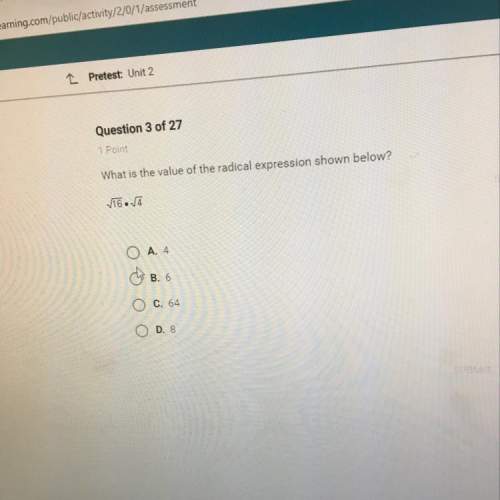
Mathematics, 25.11.2021 05:40, destinyarisa
John works as a teller for a bank. The manager asked him to get out cash because he was conducting a surprise cash count. John's drawer was $25 short but his reconciliation tape showed that he was in balance on Thursday night. The manager asked him for an explanation and John took $25 out of his own wallet and handed it to him. He explained why he needed the $25 and intended to put it back in the cash drawer on Friday, which is payday. John also told the manager that this was the first time he had ever taken money from the cash drawer and that he would never do it again. Describe the ethical considerations of this case from both John's and the manager's perspectives. What options does the manager have to address this problem? Assume the manager chooses to inform the branch manager, how should the manager approach the issue with the boss? List four ideas to safeguard cash on hand at the credit union (petty cash, teller drawer cash, and vault cash) from employee theft and mismanagement.

Answers: 1
Other questions on the subject: Mathematics

Mathematics, 21.06.2019 20:10, paigeleahfarbeoy2ork
Which ratios are equivalent to 10: 16? check all that apply. 30 to 48 25: 35 8: 32 5 to 15
Answers: 1

Mathematics, 21.06.2019 23:40, supermimi8078
The bolo cavern outside of vandalia is 421 ft below sea level. a little more than75 miles away. mt owens is 7295 feet above sea level. what is the difference in elevation between the bolo cavern and mt owens?
Answers: 1

Mathematics, 22.06.2019 00:30, tremainecrump1466
Anew test for ra is being developed. the test is administered to 750 patients with ra and 750 without ra. for the sake of the question, assume the prevalence of ra in this population is 50%. of the 750 patients with ra, 575 have a positive result. of the 750 patients without ra, 150 have a positive result. what is the positive predictive value of the new test? a575/(575+150) b. 600/(600+ 150) c. 575/(575+125) d. 600/(600+ 125)
Answers: 2

Mathematics, 22.06.2019 03:30, madison1284
On a certain portion of an experiment, a statistical test result yielded a p-value of 0.21. what can you conclude? 2(0.21) = 0.42 < 0.5; the test is not statistically significant. if the null hypothesis is true, one could expect to get a test statistic at least as extreme as that observed 21% of the time, so the test is not statistically significant. 0.21 > 0.05; the test is statistically significant. if the null hypothesis is true, one could expect to get a test statistic at least as extreme as that observed 79% of the time, so the test is not statistically significant. p = 1 - 0.21 = 0.79 > 0.05; the test is statistically significant.
Answers: 3
Do you know the correct answer?
John works as a teller for a bank. The manager asked him to get out cash because he was conducting a...
Questions in other subjects:


Computers and Technology, 06.04.2021 14:10

English, 06.04.2021 14:10

English, 06.04.2021 14:10

Chemistry, 06.04.2021 14:10

Chemistry, 06.04.2021 14:10



Biology, 06.04.2021 14:10

Mathematics, 06.04.2021 14:10







